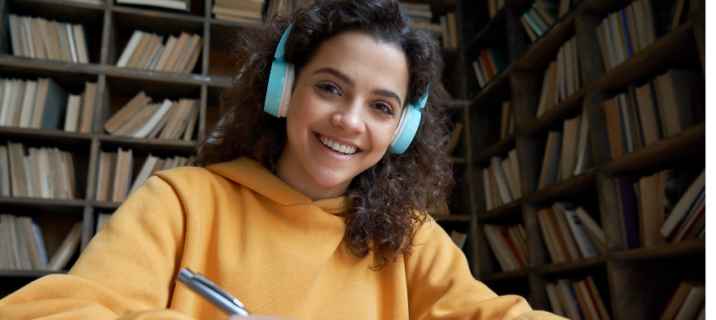
In the winter and spring of 2021, as the year of remote and hybrid learning continued, I started to notice a drop in attendance, particularly amongst my top-achieving students. Students have told me they’ve overslept but when I told them to set an alarm, they said that the idea of getting out of bed was too much for them—not because they were lazy, but because they were experiencing depression-like symptoms. Some of my students were missing my class because they were in virtual therapy sessions. In fact, around 15% of the 60 students in my two eighth grade math classes—9 or 10 kids—are seeing a therapist regularly to deal with school-related anxiety issues. That is a worrisome number. I know that this anxiety is exacerbated for them by repeatedly hearing and reading reports of “learning loss” in the news and on social media. A simple Google search of the term “coronavirus learning loss” brings a list of 410,000 scholarly articles, many under the theme “how to close the gap caused by pandemic learning.” My 13- and 14-year-old students are internalizing the harmful narrative that they are behind. My eighth graders, many of whom will be first-generation college students, are deeply worried that because of this unique learning year, they will no longer be able to get into good colleges, get good jobs, and provide for their families. As a teacher, I know that this cannot be further from the truth. I know how hard we are all working to ensure that my students are learning at the same level as the non-pandemic learners. And yet, I have recently had conversations with four of my students about how depressed they are about letting their families down because they have a gap in their knowledge. No matter what their report card says, these students watch the news and believe that they are “behind.”
September 18, 2025
September 18, 2025
September 18, 2025
September 11, 2025
September 10, 2025